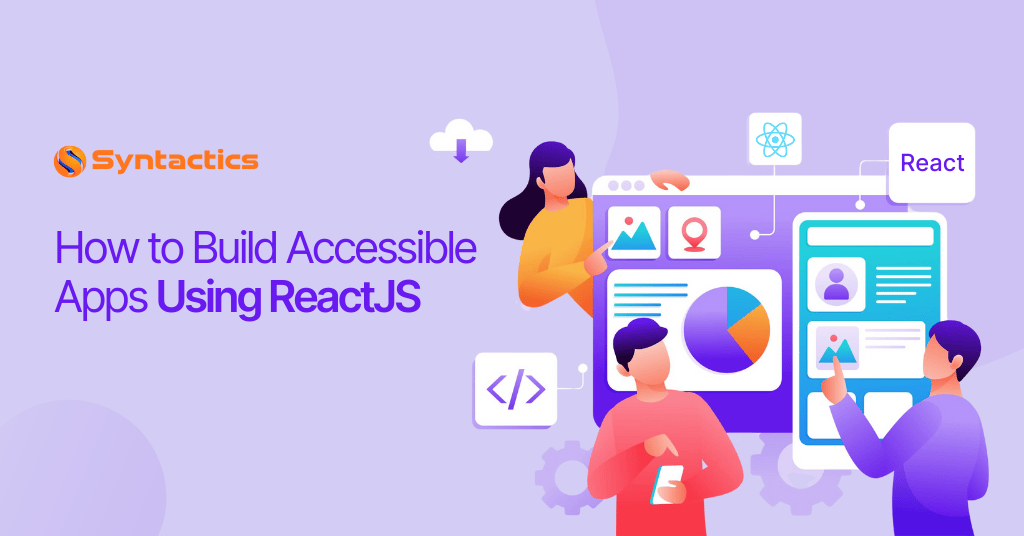
How to Build Accessible Apps Using ReactJS
Accessibility is a crucial aspect of modern web development. It ensures that all users — including those with disabilities — can access and engage with an app’s content and functionality. An experienced ReactJS developer can build apps that comply with accessibility standards.
ReactJS is a versatile library that’s handy for developing accessible web apps. With its many robust tools and methodologies, developers use it to build dynamic User Interfaces (UI).
Not only do accessible apps offer improved usability, but they enable companies to create inclusive experiences for users while ensuring legal compliance.
Why Accessibility Matters in Web Applications
Accessibility is a fundamental principle of user-centered design for a variety of reasons. The first is inclusivity. Web apps must cater to a diverse range of users, especially those with visual, auditory, motor, or cognitive impairments. Inclusive applications offer improved usability and easier navigation.
Another key principle is legal compliance and ethical responsibility. Many laws require that digital resources be accessible to users regardless of ability, and failure to comply can lead to legal repercussions.
These regulations may vary by region, but some of the most widely recognized ones include:
- The Americans with Disabilities Act (ADA);
- Web Content Accessibility Guidelines (WCAG);
- Section 508, etc.
Beyond these, accessible web apps also offer a variety of other benefits, such as broader audience reach, satisfying user experiences, and greater online visibility via Search Engine Optimization (SEO).
Read more about the impact of web accessibility on SEO:
Key Accessibility Standards to Follow
An expert ReactJS developer has an in-depth understanding of essential standards and principles. These guide inclusive design, which is essential to building accessible web apps:
WCAG Guidelines Overview
The Web Content Accessibility Guidelines (WCAG 2.1) follow the four principles of Perceivable, Operable, Understandable, and Robust (POUR):
- Perceivable: Web app content should be presented in ways that users can perceive.
- Operable: User navigation and interaction must be possible through various input methods.
- Understandable: Content and User Interface (UI) elements must be easy to understand.
- Robust: Content should be compatible with assistive technologies.
Accessible Rich Internet Applications (ARIA)
Accessible Rich Internet Applications attributes are vital for enhancing interactivity and communication between web app content and assistive technologies.
ARIA roles, properties, and states help ReactJS developers make content on web apps accessible by bridging the gap when semantic HTML alone is insufficient, such as for dynamic content or custom components.
Accessible Design Patterns
Here are the best practices for building accessible web applications:
- Designing forms with proper labels and instructions.
- Using semantic HTML elements with <nav> and <header> tags for clarity.
- Ensuring distinguishable and descriptive navigation structures — such as buttons and links.
ReactJS Features and Accessibility Considerations
Experienced developers can effectively implement accessible design via the framework’s built-in capabilities:
JSX and Semantic HTML
A skilled developer can utilize ReactJS’s JSX syntax to integrate semantic HTML to improve accessibility. Semantic HTML elements provide assistive technologies like screen readers with meaningful context.
For instance, elements such as <button>, <nav>, <header>, <main>, <article>, and <footer> can improve screen reader interpretation.
Handling Focus Management
Focus management is a critical component of web application development, as it enables users to seamlessly navigate an app using their keyboard or assistive devices.
Web app developers use React’s ref, focus() method, React’s ref, and keyboard event handlers to programmatically control focus behavior.
Check out the best practices for designing accessible websites:
Unidirectional Data Flow
Unidirectional data flow is a core feature in ReactJS. Data flows in a single direction from parent to child components via props, simplifying component interaction. As such, state management is predictable and the application is easy to debug.
React’s unidirectional flow enforces a clear structure, eliminating the risk of unintended side effects. On top of making the app easier to maintain and scale, developers can pinpoint concerns and trace changes in its state, as they occur only in one direction and at specific locations in the component hierarchy.
Handling Keyboard Navigation
Another way seasoned web developers can build an accessible app is by ensuring proper keyboard navigation. This way, interactive elements can be navigated via keyboards, which is helpful for users with motor disabilities.
ReactJS developers can manage keyboard interactions using event handlers like onKeyDown, onKeyUp, and onFocus. In addition, they can use the tabIndex attribute in custom ReactJS components to maintain a logical tab order.
Leveraging React Accessibility Tools
ReactJS offers the following tools and libraries to simplify the process of building accessible apps:
React-Axe
The React-Axe tool helps developers identify and fix accessibility issues in real-time for React web applications. It integrates axe-core into the apps for automatic accessibility checks.
React-ARIA
This tool is a library that provides React components hooks for implementing ARIA attributes. It handles ARIA attributes and state management, allowing a ReactJS developer to create accessible design patterns for custom app components.
Storybook Accessibility Add-on
Storybook is a popular development environment for building and showcasing UI components. This add-on integrates the axe-core accessibility testing library into Storybook. A developer can use it to identify and address accessibility concerns directly within UI components during development.
As a result, the Storybook accessibility add-on is an excellent tool for enhancing accessibility testing.
Creating Accessible Forms in ReactJS
Forms are integral to many web applications, making accessibility crucial. Here’s how ReactJS developers can craft accessible forms:
Form Labeling
Web app development experts maintain proper label associations. They accomplish this by associating <label> elements with <input> fields using the ‘for’ or ‘htmlFor’ attributes, ensuring that screen readers identify form controls.

Source: WebAIM.
Form Validation and Error Handling
Experienced web developers can use ARIA live regions to provide clear and descriptive error messages that assistive technologies can announce. Both visual and programmatic cues indicate errors to all users.
Accessibility Testing for React Applications
Accessibility testing ensures that a web application meets accessibility standards, ensuring compliance and usability. Blending automated tools and manual testing approaches can form a comprehensive strategy to validate accessibility:
Automated Tools
Quality Assurance testers can use automation to assist with identifying accessibility issues in React apps. For example, automated tools can scan for compliance with predefined rules, such as:
- Missing ARIA attributes;
- Insufficient color contrast, and
- Improper HTML semantics.
Two key examples of such tools are Lighthouse and axe-core.
Lighthouse enables QA testers to run comprehensive audits and evaluate accessibility performance. It provides actionable recommendations for improvement. Meanwhile, axe-core provides detailed insights into accessibility issues in real-time.
Manual Testing
Although automated tools can be helpful, they can’t identify all accessibility concerns within an app, such as those related to usability and User Experience (UX). Manual testing evaluates how real users — especially those relying on assistive technologies — interact with your application.
Testers can utilize screen readers to evaluate a React app’s usability, which is critical for visually impaired users. According to Web Accessibility Statistics for 2024, here are some of the most popular screen readers for desktops:
- VoiceOver;
- NVDA;
- JAWS;
- ZoomText or Fusion, etc.
In addition, testers can examine keyboard navigation to ensure all components of the app are operable without a mouse. This way, they can also guarantee logical keyboard focus and the accessibility of interactive elements.
Best Practices for Maintaining Accessibility in React Apps
Skilled ReactJS developers ensure accessibility in applications by adhering to the following best practices during every stage of development and beyond:
Prioritize Accessibility From the Start
An essential component of accessibility in React apps is prioritizing and incorporating accessibility into the development process. Thus, rather than retrofitting after development, accessibility is integrated into workflows during the planning phase.
Continuous Testing and Updates
Continuous accessibility testing and updates are also vital, especially after introducing significant updates.
Testers can use both manual and automated testing alongside user testing, which enables real users with disabilities to identify accessibility issues that can occur in the real world.
Inclusive Component Libraries
When creating accessible web applications, it’s important to utilize inclusive React component libraries that prioritize accessibility. Key examples of popular libraries include Material-UI and Chakra UI. Of course, a proficient ReactJS developer can create their own accessible components.
Find out more about the secret to inclusive web design here:
Conclusion
Accessibility is a cornerstone of web application development. Developers utilize ReactJS’s tools and techniques to build inclusive apps that comply with accessibility standards.
Building accessible apps with ReactJS is a commitment to inclusivity, usability, and compliance, which reflects a business’ empathy and care for its users.
By adopting a continuous accessibility mindset in all stages of development, web developers in the Philippines can create digital experiences that all users can enjoy.
Frequently Asked Questions About Accessibility and ReactJS
What is a real-life example of accessibility?
One real-life example of accessibility is closed captions on videos, which allow individuals who are deaf or hard of hearing to understand spoken words within video content.
What makes an accessible website?
An accessible site ensures that all users can interact with its content and functionality. Here are the key elements that make an accessible website include:
- Semantic HTML
- Keyboard navigation
- Screen reader support
- Color contrast
- Responsive design
Is ReactJS good for web development?
Yes, it is! ReactJS is widely used for web development due to its:
- Component-based architecture, which promotes reusability and simplifies UI management.
- Virtual Document Object Model (DOM), which boosts performance.
- Extensive ecosystem for efficient routing, seamless state management, and robust testing.
- Strong community support, extensive documentation, and frequent updates.
Can React be used for web apps?
Yes, it can! React’s component-based architecture, virtual DOM, and robust ecosystem make it an efficient choice for building web applications and developing dynamic user interfaces. In particular, it’s a popular choice for Single Page Applications (SPAs).


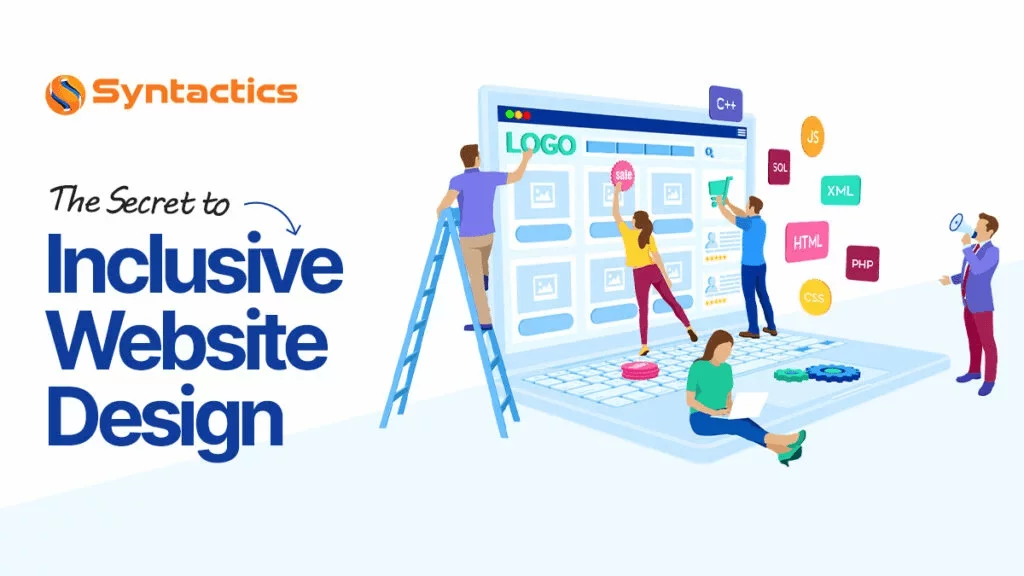








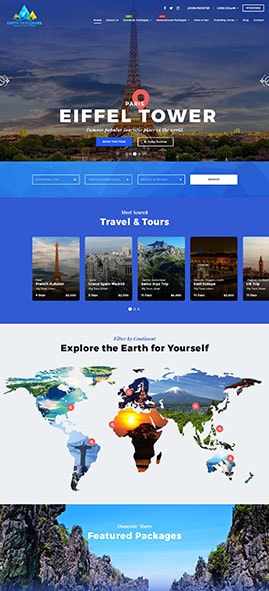
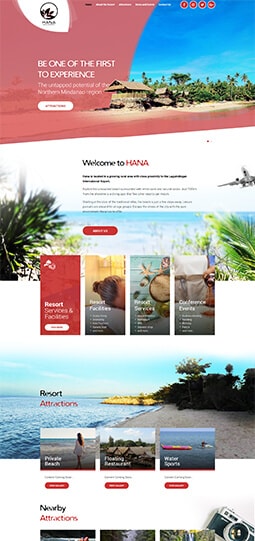
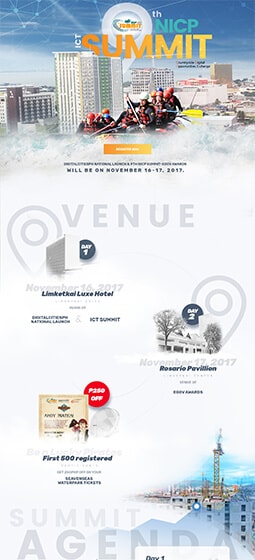
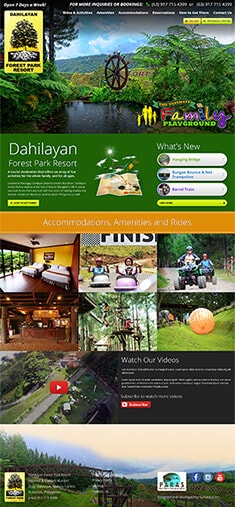
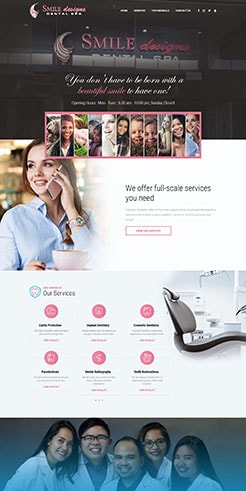
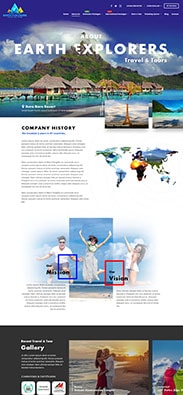

Comment 0